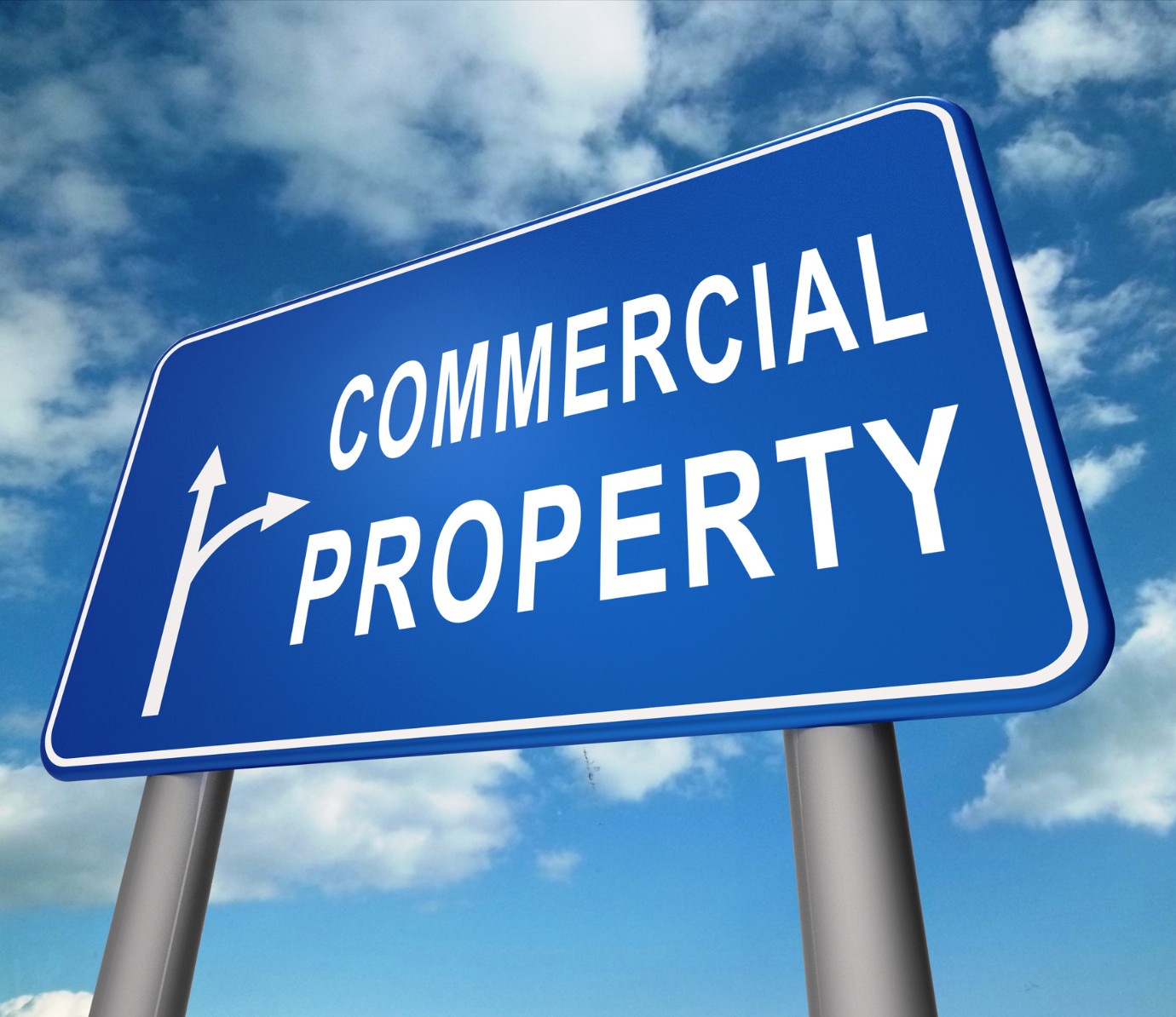Commercial Truck Value By VIN: Unlocking the True Worth of Your Rig pickup.truckstrend.com
In the bustling world of commercial trucking, buying or selling a heavy-duty vehicle is a significant financial transaction. Unlike passenger cars, the value of a commercial truck is influenced by a complex interplay of factors, from its make and model to its operational history and specific configurations. Navigating this labyrinth can be daunting, but there’s one powerful, often underutilized tool that can cut through the ambiguity: the Vehicle Identification Number (VIN). Understanding "Commercial Truck Value By VIN" is not just about decoding a string of characters; it’s about unlocking the true history, specifications, and ultimately, the precise market worth of a truck.
The Indispensable Role of the VIN in Truck Valuation
Commercial Truck Value By VIN: Unlocking the True Worth of Your Rig
The Vehicle Identification Number (VIN) is a unique, 17-character alphanumeric code that serves as the truck’s DNA. Every commercial truck manufactured since 1981 carries this standardized identifier, encoding crucial information about its origin, specifications, and sometimes, its journey through various owners and operational conditions. For anyone involved in buying, selling, insuring, or financing commercial trucks, the VIN is the cornerstone of accurate valuation.
Without a comprehensive understanding of the data points linked to a VIN, assessing a truck’s value becomes a speculative exercise, prone to misinformation and costly mistakes. It’s the difference between guessing a book’s worth by its cover and knowing its entire publication history, author, edition, and condition. Leveraging the VIN empowers stakeholders with transparency, leading to fairer deals, reduced risks, and more informed decision-making.
Decoding the Data Goldmine: What a VIN Reveals
A VIN is more than just a serial number; it’s a meticulously structured code that contains a wealth of information about a commercial truck. Each position or group of positions within the 17 characters reveals a specific attribute:
- World Manufacturer Identifier (WMI) (Characters 1-3): Identifies the country of origin and the manufacturer. For commercial trucks, this is critical for understanding build quality, parts availability, and brand reputation.
- Vehicle Descriptor Section (VDS) (Characters 4-9): This section describes the general attributes of the vehicle. For commercial trucks, this includes:
- Gross Vehicle Weight Rating (GVWR): Essential for understanding the truck’s capacity and classification (e.g., light-duty, medium-duty, heavy-duty).
- Vehicle Type/Line: Whether it’s a conventional tractor, a straight truck, a dump truck, etc.
- Engine Type: Crucial for performance, fuel efficiency, and maintenance considerations. A Cummins ISX, Detroit DD15, or a PACCAR MX-13 will have different impacts on value.
- Brake System: Air brakes, hydraulic brakes, etc.
- Cab Type: Day cab, sleeper cab (and length), affecting comfort and potential use cases.


- Vehicle Identifier Section (VIS) (Characters 10-17): This section uniquely identifies the specific vehicle.
- Model Year (Character 10): A direct indicator of the truck’s age, a primary determinant of depreciation.
- Assembly Plant (Character 11): The specific plant where the truck was manufactured.
- Sequential Production Number (Characters 12-17): The unique serial number for that specific truck, ensuring no two trucks have the same VIN.

Beyond these inherent specifications, the VIN acts as a gateway to external databases that provide a comprehensive historical record. This is where the true power of VIN-based valuation shines:
- Maintenance and Service Records: Many dealerships and repair shops log services against a truck’s VIN. A complete service history indicates diligent maintenance, which preserves value.
- Accident and Damage Reports: Reputable services like Carfax or Experian AutoCheck compile data from police reports, insurance claims, and repair shops, revealing past collisions, flood damage, or other incidents that significantly impact structural integrity and resale value.
- Odometer Readings: While not directly embedded in the VIN, mileage is often reported to central databases linked to the VIN. Discrepancies can reveal odometer tampering.
- Lien and Title Information: The VIN can reveal if there are outstanding loans or liens on the truck, as well as past title brands (e.g., salvage, rebuilt, flood, junk), which drastically reduce value.
- Recall Information: The VIN can be used to check for any open manufacturer recalls, indicating potential safety issues or required repairs.
- Ownership History: The number of previous owners can sometimes hint at the truck’s stability or potential issues.
How VIN Data Impacts Market Value: A Deeper Dive
Every piece of information revealed by the VIN, or accessible through it, directly influences a commercial truck’s market value:
- Age and Mileage: The model year (from VIN) combined with verifiable mileage (via VIN-linked reports) are primary depreciation drivers. Newer trucks with lower mileage command higher prices.
- Original Specifications vs. Modifications: The VIN confirms the truck’s factory configuration. Any significant aftermarket modifications, while potentially adding functionality, might not always add proportional value unless they are highly desirable and professionally installed. Conversely, a truck whose original specifications align with high-demand configurations (e.g., specific engine/transmission pairings, sleeper size) will fetch a premium.
- Condition and History: Accident history, flood damage, or salvage titles (all revealed via VIN checks) drastically reduce value, sometimes by 50% or more, due to safety concerns and potential long-term issues. A clean history report, conversely, instills confidence and justifies a higher price.
- Maintenance and Repair History: A well-documented history of regular maintenance, evidenced by VIN-linked service records, suggests a truck that has been well cared for, minimizing future breakdown risks and enhancing its value.
- Recalls and Compliance: Unaddressed recalls can pose safety risks and may lead to future expenses, thus diminishing value. A VIN check confirms if all recalls have been addressed.
- Regional Demand and Market Trends: While not directly from the VIN, the VIN-decoded specifications (engine, transmission, sleeper size, etc.) allow for more accurate comparison against current market trends and regional demand for specific truck types.
Step-by-Step Guide: Valuing Your Truck Using Its VIN
For both buyers and sellers, leveraging the VIN for valuation is a straightforward yet powerful process:
- Locate the VIN: The VIN is typically found on the driver’s side dashboard (viewable through the windshield), on the driver’s side door jamb, or on the truck’s title and registration documents.
- Utilize Online VIN Decoders: Numerous free online VIN decoders can quickly provide basic information like manufacturer, model year, engine type, and GVWR. These are excellent starting points for understanding the truck’s factory specifications.
- Invest in Comprehensive VIN History Reports: Services like Carfax Commercial, Experian AutoCheck, or specific commercial truck reporting services (e.g., RigDig) offer detailed reports for a fee. These reports consolidate accident history, odometer readings, lien status, title brands, and often, some service records. This is perhaps the most critical step for a thorough valuation.
- Cross-Reference with Market Data: Once you have a clear picture of the truck’s specifications and history, compare it with similar trucks currently for sale. Use online marketplaces (e.g., TruckPaper, Commercial Truck Trader, MyLittleSalesman) and auction results. Filter your searches by the exact specifications revealed by the VIN (e.g., "2018 Freightliner Cascadia, DD15 engine, 72-inch sleeper, 500k miles").
- Factor in Condition and Maintenance: The VIN report provides history, but a physical inspection is still vital. Assess the truck’s current cosmetic and mechanical condition. A well-maintained truck with a clean history will command a higher price.
- Consult Experts (Optional but Recommended): For high-value transactions or complex cases, consider getting an independent appraisal from a certified commercial truck appraiser. They use VIN data, market analysis, and physical inspection to provide an expert opinion of value.
Benefits of VIN-Based Valuation
- Accuracy: Reduces guesswork by providing verifiable data on specifications and history.
- Transparency: Uncovers hidden issues like accidents, liens, or title brands, protecting both buyers and sellers.
- Negotiation Power: Armed with comprehensive VIN data, buyers can negotiate confidently, while sellers can justify their asking price.
- Risk Mitigation: Helps avoid purchasing a truck with undisclosed damage, outstanding liens, or safety recalls.
- Informed Decision-Making: Enables more strategic choices regarding acquisition, disposal, insurance, and financing.
- Streamlined Processes: Speeds up insurance claims, financing applications, and title transfers by providing readily available, verified information.
Challenges and Solutions
While powerful, VIN-based valuation isn’t without its nuances:
- Inaccurate or Incomplete Reporting: Not all incidents or maintenance events are reported to central databases. A clean VIN report doesn’t guarantee a perfectly clean history.
- Solution: Always combine a VIN report with a thorough physical inspection and a test drive. Request maintenance records directly from previous owners if possible.
- Older Trucks: For trucks manufactured before 1981, VINs are not standardized, making comprehensive data retrieval challenging.
- Solution: Rely more heavily on physical inspection, historical documentation, and expert appraisal.
- Cost of Reports: Comprehensive VIN history reports come with a fee.
- Solution: Consider it a necessary investment. The cost of a report is minuscule compared to the potential financial loss from buying a problematic truck.
- Private Modifications: Aftermarket modifications not performed by authorized dealers or reported to databases won’t appear on VIN reports.
- Solution: Visual inspection and asking detailed questions to the seller are key.
- Mileage Verification: While some reports include odometer readings, tampering is possible.
- Solution: Look for consistency in reported mileage over time. Check maintenance records for mileage stamps.
Tips for Maximizing Value and Using VIN Effectively
- For Sellers: Maintain meticulous service records and be prepared to provide a VIN history report to potential buyers. A transparent approach builds trust and can command a better price.
- For Buyers: Always run a VIN history report. It’s non-negotiable. Use the information to ask targeted questions and negotiate effectively.
- Regular Maintenance: Consistent, documented maintenance not only extends the truck’s life but also enhances its resale value, as evidenced by VIN-linked service records.
- Address Recalls Promptly: Ensure all manufacturer recalls are addressed. This will show up on VIN checks and impact safety and value.
- Be Honest and Transparent: For sellers, disclosing any known issues, even if not on the VIN report, builds credibility and avoids future disputes.
Key VIN-Derived Data Points and Their Impact on Commercial Truck Value
This table illustrates how specific data points revealed by or accessible via a VIN influence a commercial truck’s valuation.
| VIN-Derived Data Point | Information Revealed | Impact on Value | Example Price Impact (Illustrative) |
|---|---|---|---|
| Model Year (VIN Position 10) | Truck’s Age | Primary depreciation factor; newer trucks higher value. | -10% to -15% per year for first 5 years. |
| Engine Type (VIN VDS) | Power, Fuel Efficiency, Reliability | High-demand, fuel-efficient, or reliable engines (e.g., Detroit DD15, Cummins X15) command premium. Less popular or older engines may reduce value. | +5% to +15% for premium engines; -5% to -10% for less desirable. |
| Transmission Type (VIN VDS) | Ease of Use, Fuel Economy, Durability | Automated Manual Transmissions (AMTs) generally preferred for efficiency; specific manual configurations for heavy-duty. | +3% to +7% for AMTs; -2% to -5% for older manuals (depending on market). |
| GVWR / Axle Configuration (VIN VDS) | Truck’s Capacity & Application | Determines suitability for specific tasks. Higher GVWR or specific axle configurations (e.g., tri-axle) for specialized work can increase value. | Varies greatly by specific application needs, e.g., specialized heavy haulers. |
| Cab Type (VIN VDS) | Driver Comfort, Utility | Sleeper cabs (especially larger ones) are more valuable for long-haul. Day cabs for regional or local. | +$5,000 – $15,000 for large sleepers over day cabs. |
| Accident History (VIN Report) | Structural Integrity, Safety, Reliability | Significant accidents (major frame damage, multiple incidents) drastically reduce value. | -20% to -50% for moderate to severe accidents. |
| Odometer Reading (VIN Report Link) | Wear & Tear, Remaining Life | Direct correlation: lower mileage equals higher value. | -$0.05 to -$0.20 per mile over average for age. |
| Lien/Title Status (VIN Report) | Legal Ownership, Usability | Salvage, rebuilt, flood, or outstanding liens severely depress value, making truck difficult to finance or insure. | -40% to -70% for branded titles; potential unsellable with unresolved liens. |
| Maintenance Records (VIN Report Link) | Reliability, Longevity | Comprehensive, regular service history indicates good care and higher reliability, increasing confidence and value. | +5% to +10% for verifiable, extensive maintenance history. |
| Recall Status (VIN Check) | Safety, Future Cost | Open recalls suggest potential issues and future repair costs, reducing immediate value until addressed. | -2% to -5% if open recalls exist; negligible if addressed. |
| Original Build Specs (VIN Decoder) | Authenticity, Desirability | Confirms factory options (e.g., premium interiors, specialized equipment) which can increase value if in demand. | Varies by specific options, generally adds incremental value. |
Note: The "Example Price Impact" figures are illustrative and can vary significantly based on current market conditions, specific truck models, regional demand, and overall truck condition.
Frequently Asked Questions (FAQ)
Q1: Can I get an exact price for my commercial truck just from its VIN?
A1: Not an exact price, but the VIN is the most crucial starting point. It provides the core data (specs, history) that allows you to accurately compare your truck to similar vehicles in the market, leading to a highly accurate valuation range. A physical inspection and assessment of current market conditions are also necessary for a precise figure.
Q2: What if the VIN history report is incomplete or shows nothing?
A2: An incomplete report doesn’t necessarily mean the truck is flawless; it could mean incidents weren’t reported to the databases. This highlights the importance of a thorough physical inspection by a qualified mechanic, direct inquiry with the seller for maintenance records, and checking for any signs of undisclosed damage.
Q3: Is it worth paying for a VIN history report for a commercial truck?
A3: Absolutely. The cost of a comprehensive VIN report (typically $30-$100) is a minuscule investment compared to the potential financial losses from buying a truck with undisclosed major accidents, structural damage, or outstanding liens. It’s a critical due diligence step.
Q4: Does the VIN tell me the mileage of the truck?
A4: The VIN itself does not directly embed mileage. However, when you run a VIN history report through services like Carfax Commercial, they often compile reported odometer readings from various sources (dealerships, service centers, state inspections) linked to that VIN, providing a valuable mileage history.
Q5: How accurate are free online VIN decoders for commercial trucks?
A5: Free VIN decoders are good for basic information like make, model, year, and some general specifications (e.g., engine type, GVWR). However, they typically do not provide historical data like accident reports, lien status, or detailed service records. For that, you’ll need a paid, comprehensive VIN history report.
Q6: Can a VIN be faked or altered?
A6: While rare, VIN tampering (cloning or altering) does occur. Always check that the VIN on the dashboard matches the one on the door jamb, engine, frame, and title documents. If there are any discrepancies or signs of alteration, walk away from the deal and report it to authorities.
Conclusion
The Vehicle Identification Number (VIN) is far more than just a regulatory requirement for commercial trucks; it is the ultimate key to unlocking their true value. By meticulously decoding its inherent specifications and leveraging its power to access comprehensive historical data, both buyers and sellers can navigate the complex commercial truck market with unparalleled confidence and precision. Embracing a VIN-centric approach to valuation minimizes risks, fosters transparency, and ultimately ensures that every commercial truck transaction is fair, informed, and reflective of the rig’s actual worth. In a world where every dollar counts, understanding "Commercial Truck Value By VIN" isn’t just smart business – it’s essential.
